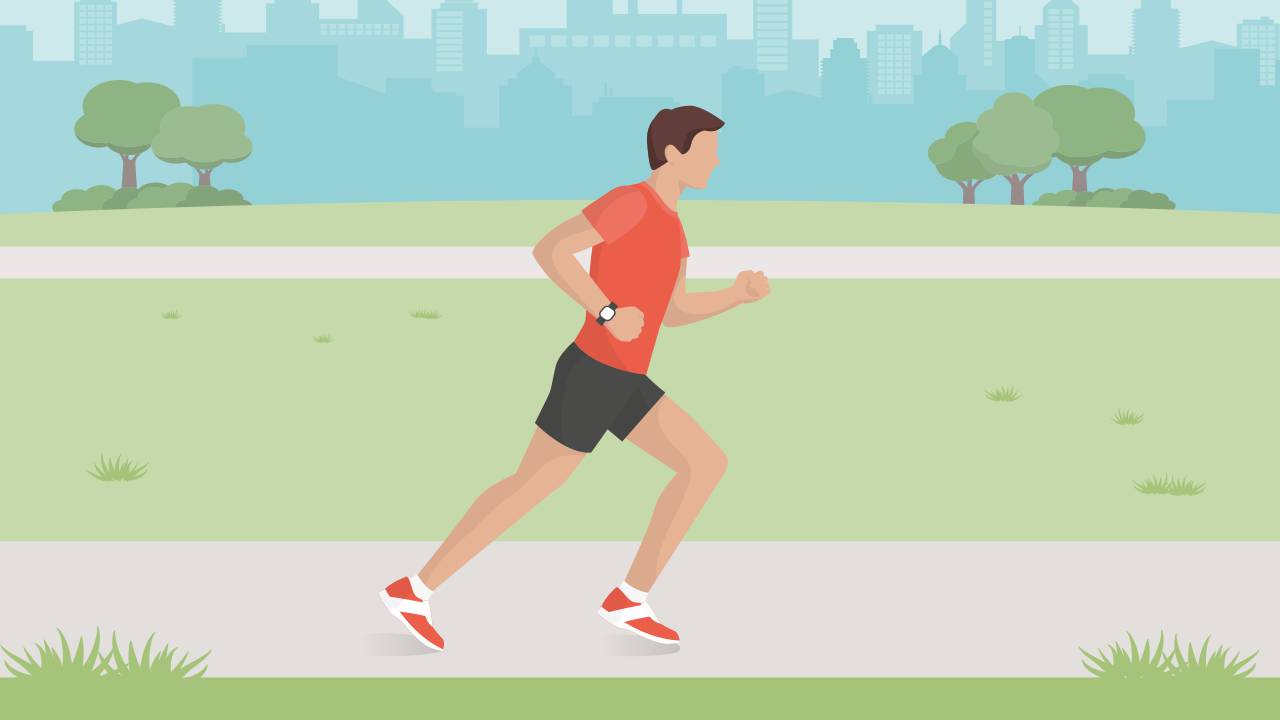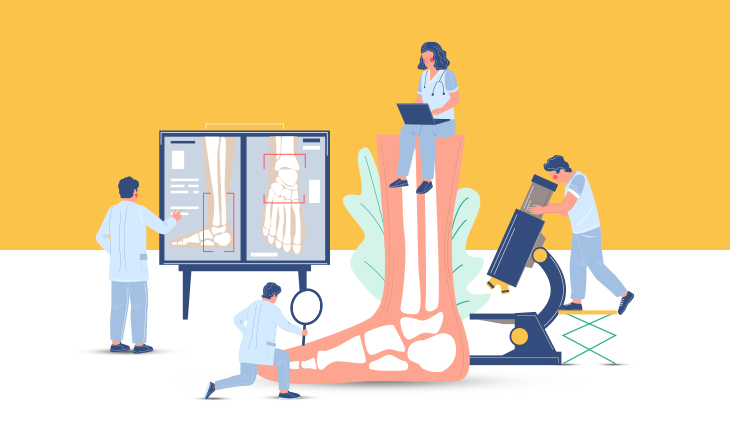
Running Surfaces: Where Should You Run?

If you think running is just about putting your shoes on and hitting the road, you are wrong. Where you run also matters. Road running is of course popular, but then you also have trail running and track running. You could also run on the treadmill, if you prefer running indoors. If you live near the sea, you might run on the beach. People who live at high altitudes can run in the snow. You can choose where to run, but mostly, it depends on where you are located geographically.
If you don’t reside in urban areas, you’d have a wide variety of running surfaces to choose from — think grass, trail, dirt, and asphalt. If you live in urban areas, asphalt, concrete, or pavement (paver blocks) could be your only options.
Different types of running surfaces have their pros and cons. Ideally, you should be running on a variety of them to improve your pace and performance. Check out the different types of running surfaces, their benefits, and drawbacks.
Asphalt
This is the most widely used surface in urban settings around the world. Asphalt, made from a mixture of gravel and tar, is a relatively hard surface, but kinder to the knees and hips as it is soft enough to absorb the shock of foot strike.
Pros: It has a consistent structure and uniform surface. It provides good traction for the shoes and most races in the world are held on asphalt surfaces. Besides, you can get a good GPS signal on your watch when you run on such roads as there is hardly any tree cover to block the signal.
Cons: Although asphalt is softer than concrete, it is still hard on your knees when you end up putting in a lot of weekly mileage. There is also the possibility of encountering potholes, which can make it risky for ankle and foot injuries, or falls. Also, people who run on roads have to constantly stay alert about the traffic.
Concrete
This hard surface is used for roads and sidewalks in many parts of the world. For runners, concrete creates a high impact on foot landing. Hence, it is fine for easy runs, but not for faster paces as the forces multiply with speeds.
Pros: Concrete is smooth, flat, and provides good traction.
Cons: It is hard on the knees and hips, and is a major cause of running injuries, if used frequently. Again, you face hazards of traffic and pedestrians, causing you to have sudden slowdowns.
Grass
Grass is a soft surface with low impact and is suitable when you are returning to running after an injury. If you live in cities, you could run in parks, football pitches, and golf courses. In the countryside, your natural surroundings are the best.
Pros: Grass is kinder on the knees in terms of foot strike and loading. Also, since it requires more traction for push-off, it helps build strength in the legs.
Cons: Although the soft surface of grass means low impact, you can still be prone to injuries as the softer terrain won’t give you the same stability as a harder surface. Grass surfaces are natural, which means the uneven surface can be risky for people with weak ankles or poor balance. Moreover, grass is slippery when wet.
Trail
A trail is what nature offers you by way of a mix of grass, mud, dirt, gravel, roots, branches, and stones, or even rocks. It is uneven, changes elevation without warning with inclines, declines, and sideways slopes.
Pros: It is a low-impact surface. It offers many neuro-muscular benefits because you are constantly made to alter pace, side-step obstacles, climb, descend, and hop, or jump.
Cons: The very benefits that make it exciting can also be a drawback because you are more likely to fall or twist an ankle while running on an uneven surface. So, you need to be constantly alert about where your foot lands. Besides, there is a likelihood that your GPS may not work in some places because of tree cover.
Synthetic track
Synthetic tracks are made from rubberized material and are shock-absorbing. They are built for speed workouts and also ideal (like grass surface) for runners, who are returning from an injury and would prefer a low-impact surface.
Pros: These are exactly measured as per international requirements and are 400m in length. The surface is flat and traction is excellent.
Cons: Every loop has two curves putting stress on the ankles, knees, and hips every time you go round the bend. Also, the distance (400m) is not suited for doing long runs as it can become very boring to keep running in loops.
Sand
Sand as a surface is very low-impact, but can put a strain on the feet when you push off. However, running on a shoreline with the sea breeze, sunshine, and the gentle sounds of waves is always exciting.
Pros: It is low-impact, firm, and flat.
Cons: There are chances of excessive strain on the ankles and calves since your feet work harder to push off. Also, since there is a slant of the sand surface towards the shoreline, one side of your body will have extra load, especially if you run for long on the same side.
Treadmill
Treadmills have a rubberized surface with shock-absorbing characteristics. They are suited for use when you are injured or there is inclement weather outside. Besides, you can set the speed and inclination, and the treadmill also has a readout on heart rate when running.
Pros: The surface is flat and smooth with rubber traction. Advanced treadmills allow you to pre-set a complete workout with various speeds, recovery, inclination, and duration without having to touch any controls once you start the workout. You can train on a treadmill all year round no matter what the weather outside is.
Cons: They are expensive and need space if you have to install one at home. To use them at gyms, you need membership. Some of you may find it boring to run on the treadmill for a longer duration if you have to stare at a wall or a mirror in front of you. The treadmill belt moves under your feet, which means that the resistance “seen” by the legs is lower than that on the road. It is possible to partially correct this by setting the inclination of the treadmill to 2% to compensate for reduced resistance. Lastly, the treadmill has a confined space for running and it becomes imperative to stay focused. Lose focus and you could lose your balance and risk an injury by falling to the floor.
Also read: Which Time of the Day is Best for Running?
It is a good idea to run on a variety of surfaces to develop balance, strength, and agility, and also reduce the risk of injury. Shifting from asphalt to track to trail also provides excitement and breaks the monotony. There is no best surface to train as a runner, but it rather depends on your goal. If you are participating in road races or trail runs, you need to train on these surfaces most of the time. Each surface offers a different feeling in terms of how your feet or gait responds, and this provides varying physiological stressors. Try to switch from time to time to keep your training fresh and exciting.














